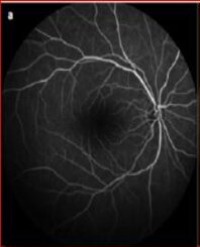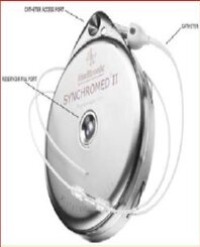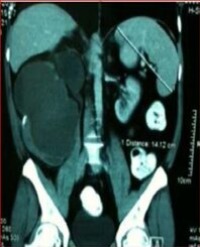
Distinguishing Characteristics of Primary Retinal Vasculitis from Eales Disease
Purpose: To report on a case of a patient with primary retinal vasculitis.
Methods: Retrospective single case report.
Patient: A 27-year-old female presented with decreased vision in her left eye for the past year. On exam, her visual acuity for the left eye was 20/50. She has had trouble accessing medical care but denies any illness, infections or trauma.
Results: Upon ophthalmic examination, retinal abnormalities were seen such as the presence of peripheral vessel sheathing, peripheral non-perfusion and extensive neovascularization. Fluorescein angiography revealed significant late leakage of the retina vessels with greater severity in the left eye. Laboratory findings were unremarkable. After diagnosis of primary retinal vasculitis, the patient was treated with photocoagulation in both eyes. She also received two treatments of intravitreal bevacizumab for the neovascularization
Conclusion: Primary retinal vasculitis is often hard to diagnose due to disease course variation. The cause of retinal vasculitis must first be established as either an isolated condition or due to an inflammatory systemic condition. A thorough review of the patient’s medical history, review of systems, ophthalmic and physical examination, along with proper laboratory tests must be performed in order to ensure accurate diagnosis and treatment.
Courtney Crawford¹ and Yihharn Hwang²*



